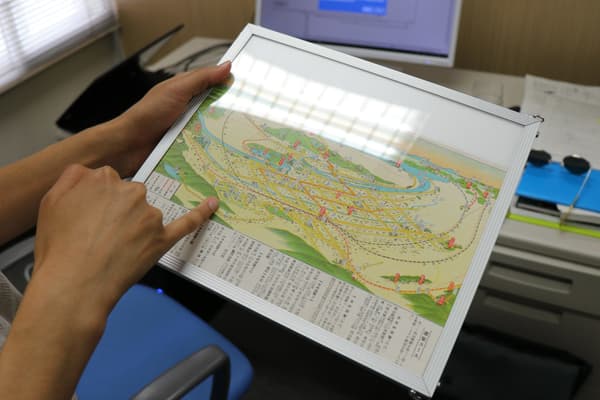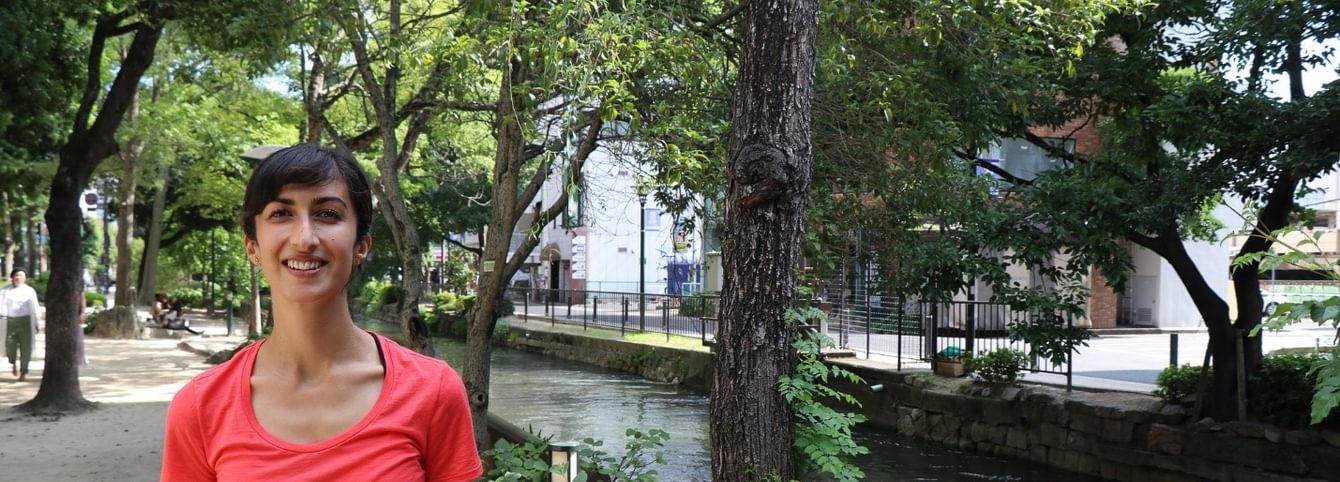Saumya Kini
Saumya Kini is an alumna of the first CLS Japanese Program in 2010 and is a current Fulbright fellow living in Okayama, Japan. She participated in the program as a junior at the University of Oregon, where she studied architecture and Japanese.
"CLS was really instrumental to me for moving to the next stage. After CLS, I started seeking out other opportunities. I served as an interpreter for a program which brings Japanese government officials to the United States to learn about urban planning. I was learning about all the issues that were going on in Japan through interpretation, and it was a great opportunity to facilitate understanding between professionals from Japan and the U.S. I would have never sought out those opportunities out if I didn’t have that CLS experience."
After completing her M.A. in Urban and Regional Planning at Portland State University, Saumya accepted a job with Walker Macy, a landscape architecture firm in Portland, Oregon. She was part of a team there which bid on the Mizbering project, a project funded by the Japanese government to improve urban waterfront areas in Japan.
Although their proposal was not ultimately successful, Saumya's participation on the project ignited an interest in the urban waterways of Japan.
"Historically, Japan’s approach to urban waterways has been focused on mitigating the consequences of flooding. The river zones were perceived by the government as something to deal with, rather than as a place for people to enjoy. But that’s starting to change, and now more and more people are seeing the potential of these areas."
With the support of her firm, Saumya applied and was accepted for the U.S. Department of State’s Fulbright U.S. Student Program to research community engagement in waterfront park planning and management.
"My firm really wants me to have this experience, and they know it's valuable in that it will help me grow as a person, which will ultimately benefit them. "

Okayama City's location on the Asahigawa River has a large impact on civic life.
In Okayama, Saumya's Japanese has enabled her to connect with others in the local community. She facilitated a workshop on waterfront revitalization at a local temple, and sits on a neighborhood committee that plans activities and events for the waterfront. In July, Saumya presented her research at the symposium celebrating the 70th anniversary of Okayama University and she has also been able to introduce it to students participating on the CLS Program.
"Participating in the CLS Program in Kyoto was a special experience, but Okayama is good in a completely different way. You can be more in touch with the issues that are facing Japan, like aging populations in small farming villages. Living in Okayama has allowed me to make so many connections with people working on similar projects."
Even ten years after the CLS Program helped Saumya to connect her
love of Japan with her career as an urban planner and designer, the language and cultural
skills that she gained are helping her to take the next step
professionally.



